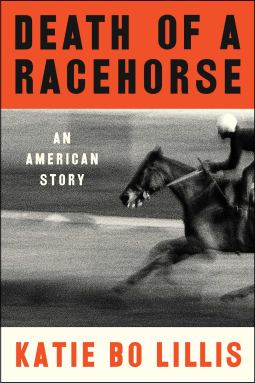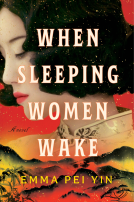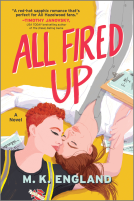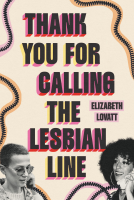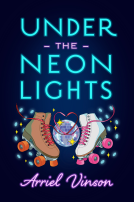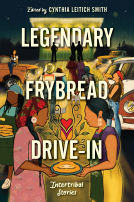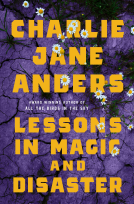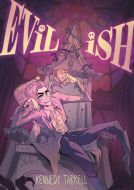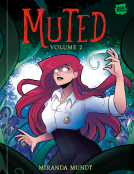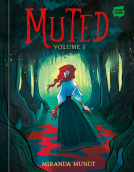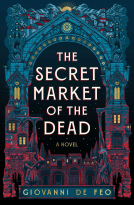Death of a Racehorse
An American Story
by Katie Bo Lillis
You must sign in to see if this title is available for request. Sign In or Register Now
Send NetGalley books directly to your Kindle or Kindle app
1
To read on a Kindle or Kindle app, please add kindle@netgalley.com as an approved email address to receive files in your Amazon account. Click here for step-by-step instructions.
2
Also find your Kindle email address within your Amazon account, and enter it here.
Pub Date May 06 2025 | Archive Date Jun 05 2025
Talking about this book? Use #DeathOfARacehorse #NetGalley. More hashtag tips!
Description
The inside story of the crisis within the country’s most classic sport—horseracing—and why money is killing thoroughbreds at the top of their game.
Every year, hundreds of horses die on the racetrack. Why?
In this deeply reported and propulsive narrative, CNN reporter Katie Bo Lillis shows how two high-profile cases lay bare the ills facing the sport: the abrupt, industry-rocking indictments of top trainers Jason Servis and Jorge Navarro, and the untold story of Bob Baffert, the most successful and recognizable horse trainer in modern history, and the allegations he faced after a string of mysterious horse deaths and the high-profile disqualification of his latest Kentucky Derby winner for a failed drug test.
Death of a Racehorse delves deep into the horse racing world, offering intimate access to dozens of top trainers, owners, breeders, veterinarians, lab specialists, and more. The mainstream perception has been that rampant drug use is forcing these horses to run past their natural ability, resulting in heart attacks and broken legs. But this doesn’t paint the full picture.
That picture is driven by class tension between the affluent old stables and an ambitious new guard. This upstairs-downstairs drama shows blue-blooded families on a quest to restore horse racing to the good old days that never existed, versus those like Bob Baffert who are still viewed as outsiders—fantastically successful, but coming from less pedigreed backgrounds and experience. The privileged few, determined to save the sport, seem to hold a powerful suspicion that the sport’s brash, pioneering working class could not possibly be doing so well on their own.
Lillis shows how the breeding industry prioritizes making millions over breeding a sound, durable horse. A disjointed race schedule, created by racetrack operators that are trying to maximize betting opportunities, makes it impossible to manage a horse’s athletic career safely. In this purely capitalistic industry, the brute force of winning and the money that follows has taken the place of a responsible husbandry of the animal that is its beating heart.
Death of a Racehorse is a cutting, on-the-ground investigation into the morally ambiguous behavior at the industry’s glamorous center, raising nuanced questions about the relationship between animal and human—and offering a hopeful path forward for one of America’s oldest and most treasured sports.
Every year, hundreds of horses die on the racetrack. Why?
In this deeply reported and propulsive narrative, CNN reporter Katie Bo Lillis shows how two high-profile cases lay bare the ills facing the sport: the abrupt, industry-rocking indictments of top trainers Jason Servis and Jorge Navarro, and the untold story of Bob Baffert, the most successful and recognizable horse trainer in modern history, and the allegations he faced after a string of mysterious horse deaths and the high-profile disqualification of his latest Kentucky Derby winner for a failed drug test.
Death of a Racehorse delves deep into the horse racing world, offering intimate access to dozens of top trainers, owners, breeders, veterinarians, lab specialists, and more. The mainstream perception has been that rampant drug use is forcing these horses to run past their natural ability, resulting in heart attacks and broken legs. But this doesn’t paint the full picture.
That picture is driven by class tension between the affluent old stables and an ambitious new guard. This upstairs-downstairs drama shows blue-blooded families on a quest to restore horse racing to the good old days that never existed, versus those like Bob Baffert who are still viewed as outsiders—fantastically successful, but coming from less pedigreed backgrounds and experience. The privileged few, determined to save the sport, seem to hold a powerful suspicion that the sport’s brash, pioneering working class could not possibly be doing so well on their own.
Lillis shows how the breeding industry prioritizes making millions over breeding a sound, durable horse. A disjointed race schedule, created by racetrack operators that are trying to maximize betting opportunities, makes it impossible to manage a horse’s athletic career safely. In this purely capitalistic industry, the brute force of winning and the money that follows has taken the place of a responsible husbandry of the animal that is its beating heart.
Death of a Racehorse is a cutting, on-the-ground investigation into the morally ambiguous behavior at the industry’s glamorous center, raising nuanced questions about the relationship between animal and human—and offering a hopeful path forward for one of America’s oldest and most treasured sports.
Available Editions
| EDITION | Other Format |
| ISBN | 9781668017012 |
| PRICE | $29.99 (USD) |
| PAGES | 384 |
Links
Available on NetGalley
NetGalley Reader (EPUB)
NetGalley Shelf App (EPUB)
Send to Kindle (EPUB)
Download (EPUB)
Readers who liked this book also liked:
Thank You for Calling the Lesbian Line
Elizabeth Lovatt
Biographies & Memoirs, History, Nonfiction (Adult)
Elizabeth Lovatt
Biographies & Memoirs, History, Nonfiction (Adult)
Legendary Frybread Drive-In
Cynthia Leitich Smith; Kate Hart; Eric Gansworth; Marcella Bell; Darcie Little Badger; Karina Iceberg; Kaua Mahoe Adams; Andrea L. Rogers; Cheryl Isaacs; Christine Hartman Derr; Brian Young; K. A. Cobell; Jen Ferguson; A. J. Eversole; Byron Graves; Angeline Boulley; David A. Robertson
Children's Fiction, Multicultural Interest, Teens & YA
Cynthia Leitich Smith; Kate Hart; Eric Gansworth; Marcella Bell; Darcie Little Badger; Karina Iceberg; Kaua Mahoe Adams; Andrea L. Rogers; Cheryl Isaacs; Christine Hartman Derr; Brian Young; K. A. Cobell; Jen Ferguson; A. J. Eversole; Byron Graves; Angeline Boulley; David A. Robertson
Children's Fiction, Multicultural Interest, Teens & YA
